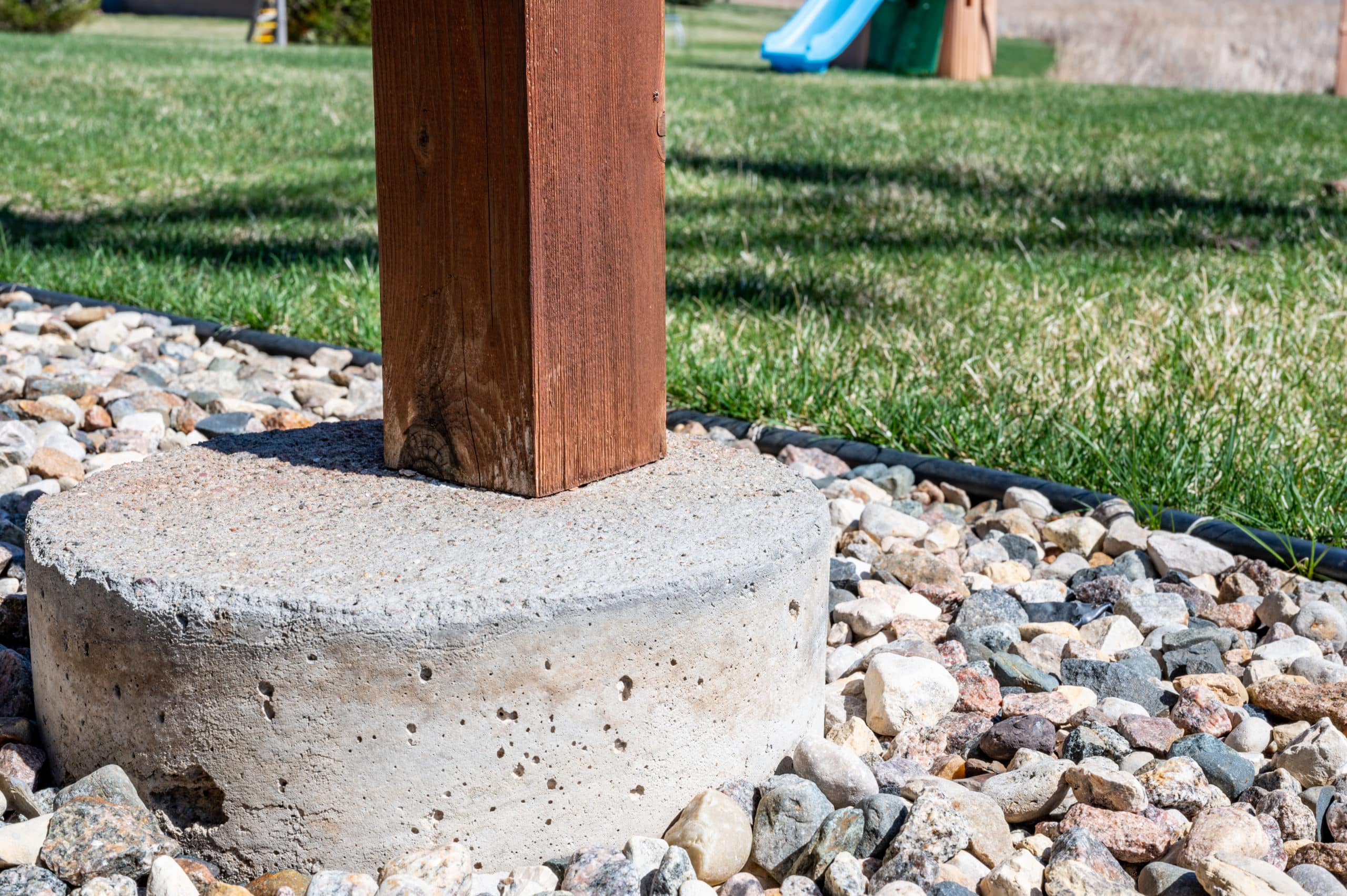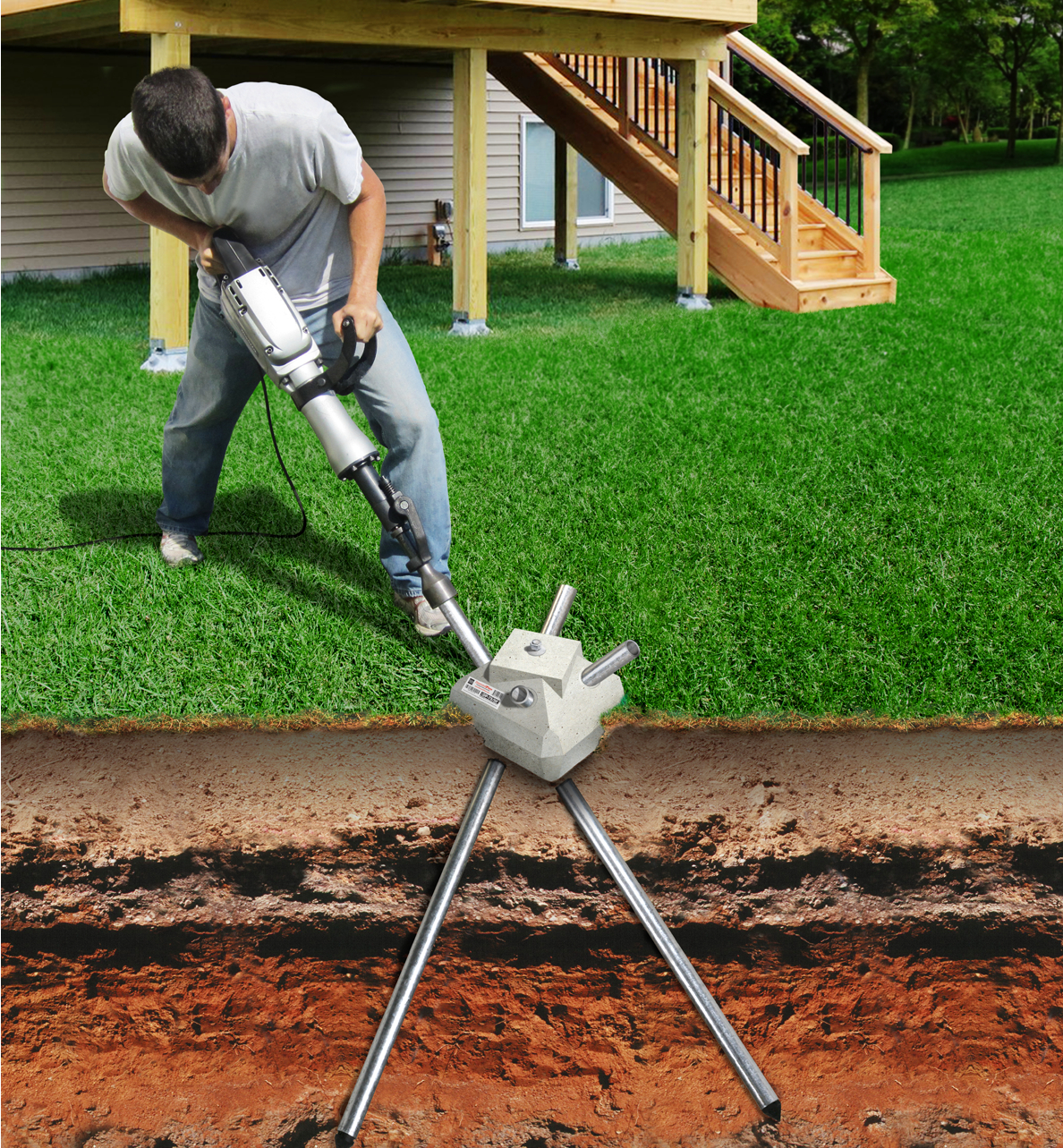Deck Footings 101: Structure a Solid and Secure Exterior Oasis
Wiki Article
Vital Tips for Solid Deck Footing: A Comprehensive Overview
Welcome to "Necessary Tips for Solid Deck Ground: A Comprehensive Overview." In this thorough overview, we will supply you with the essential knowledge and approaches to make certain a solid and secure foundation for your deck. Constructing a deck is a financial investment that requires careful preparation and interest to information, specifically when it pertains to the footing. This overview will certainly cover crucial aspects such as choosing the right materials, examining dirt conditions, determining load ability, figuring out correct ground depth, and accomplishing accurate installation. By complying with these tips, you will certainly be furnished with the required details to construct a deck that not only improves your exterior area however likewise stands the test of time. So, let's study the world of strong deck ground and develop a structure you can count on.Picking the Right Deck Ground Products
When selecting the best deck ground materials, it is necessary to think about the specific demands and demands of your job. The quality and longevity of the grounds directly impact the security and durability of the deck framework. When selecting deck ground products., there are several variables to think about.One crucial factor to consider is the kind of dirt in your location. Different dirt types have differing load-bearing capabilities and water drainage homes. For instance, clay dirts often tend to retain water, while sandy soils drain pipes promptly. Comprehending your soil problems will help you select footings that can properly sustain the weight of the deck and stop problems such as heaving or sinking.
Severe temperature levels, moisture levels, and freeze-thaw cycles can affect the efficiency of deck grounds. In such instances, making use of frost-resistant materials or installing footings below the frost line can assist minimize these threats.
In addition, the dimension and design of your deck should also affect your option of footing materials. Larger or more intricate decks may need deeper or reinforced grounds to make certain appropriate assistance. Comprehending the particular tons needs of your deck will certainly help you identify the suitable materials to use.
Ultimately, picking the appropriate deck ground materials involves mindful consideration of factors such as dirt problems, environment, and deck design. By taking these aspects right into account, you can pick footings that give the necessary support, improve the security of your deck, and guarantee its longevity.
Appropriately Analyzing Soil Problems
To properly assess soil conditions for your deck footing, it is crucial to thoroughly evaluate the load-bearing capabilities and drain properties of the dirt in your location. Understanding the soil's ability to bear weight and its ability to drain excess water will help guarantee the stability and durability of your deck.When examining the load-bearing ability of the dirt, it is vital to take into consideration variables such as dirt compaction, density, and type. Various dirt kinds have varying load-bearing capacities, with compressed soils usually offering much better assistance than sandy or loosened dirts. Conducting a dirt examination can supply useful information regarding the soil's capacity to sustain the weight of your deck.
Furthermore, examining the drainage residential properties of the soil is necessary to prevent water accumulation and possible damages to your deck - Deck Footings. Poor drain can lead to moisture build-up, which can deteriorate the foundation and cause structural concerns. It is essential to examine the soil's capacity to drain water effectively to stay clear of these issues
Consulting with a professional designer or soil specialist can substantially help in properly analyzing soil problems for your deck footing. They can give skilled advice and advice, guaranteeing that you pick the suitable ground style and products based on the certain qualities of the soil in your area. Putting in the time to thoroughly assess soil conditions will certainly help you develop a sturdy and solid deck.
Computing Load Capability for Grounds
One essential action in ensuring the stability of your deck is to properly compute the load capability for your grounds. Deck Footings. The load capability describes the optimum amount of weight or tons that the grounds can securely support without causing any type of architectural damages or failure. Determining the tons ability for footings involves thinking about numerous variables such as the dimension and type of footings, the kind of dirt, the measurements and weight of the deck, and the real-time load and dead load that the deck will go throughTo determine the linked here lots ability, it is very important to speak with regional building ordinance and laws as they give specific guidelines and requirements for deck construction. These codes take into consideration aspects such as soil bearing capability, frost depth, and minimum footing dimensions. Furthermore, it is important to involve the services of a specialist service provider or an architectural designer who can do the necessary calculations and analyses to make certain the safety and stability of the deck.
When computing the lots ability, it is vital to precisely establish the online load and dead tons that the deck will certainly experience. The live lots describes the weight of individuals, furnishings, and any kind of various other things that will be put on the deck, while the dead tons describes the weight of the deck itself. By precisely figuring out these loads and considering all relevant elements, you can guarantee that your footings are properly designed to sustain the weight and preserve the stability of your deck.
Making Certain Correct Footing Deepness
Correct footing depth is critical for making sure the stability and longevity of your deck. The deepness at which the footings are mounted directly influences the structural honesty of the deck, as it figures out how well the grounds can resist the pressures exerted by the deck and the dirt beneath it.When identifying the ideal footing deepness, numerous elements need to be taken into consideration. In areas with extensive clay dirt, much deeper grounds may be required to supply adequate support.
To figure out the correct ground depth, it is recommended to talk to an architectural designer or structure assessor who can analyze the details conditions of your site and offer assistance based upon regional building regulations and laws. They will certainly think about aspects such as dirt make-up, aquifer degree, and anticipated lots to establish the minimum needed ground deepness.
Setting Up Footings With Precision
Installing grounds with accuracy is necessary for making sure the stability and structural integrity of your deck. Correctly installed footings give a strong foundation, ensuring that your deck can hold up against the weight of furnishings, people, and other lots. To set up footings with precision, there are several essential actions to follow.To start with, it is very important to precisely mark the location of each ground. This can be done by utilizing a string or chalk line to create a clear overview. By determining and marking the exact placements, you can guarantee that the grounds are evenly spaced and lined up.
Next, you require to dig the openings for the footings. It is essential to dig them to the right deepness and size, as specified by local building regulations and policies. This will certainly supply ample assistance and stop the deck from changing or sinking gradually.
As soon as the openings are dug, it is vital to level and small the soil at the base of each hole. This will develop a steady base for the footing to remain on and prevent any kind of settling or activity.
After preparing the openings, you can proceed with putting the concrete. Use a concrete mix that appropriates for footings and comply with the supplier's guidelines for pouring and next page blending. Make sure that the concrete fills up the holes totally and is level with the ground surface area.
Lastly, permit the concrete to heal effectively prior to waging the construction of your deck. This will guarantee that the footings are strong and steady, providing a safe foundation for your deck.

Conclusion
In final thought, guaranteeing solid deck ground is Full Report vital for the security and longevity of a deck framework. By choosing the proper footing materials, assessing dirt problems, calculating load capacity, and installing grounds with precision, the risk of architectural failing can be minimized. Following these crucial suggestions will certainly help create a solid structure for any deck job.Comprehending your dirt problems will certainly assist you select grounds that can successfully sustain the weight of the deck and stop problems such as heaving or sinking.
Consulting with an expert engineer or dirt professional can greatly assist in effectively assessing dirt conditions for your deck footing. Calculating the lots ability for grounds includes taking into consideration numerous aspects such as the dimension and kind of footings, the kind of soil, the dimensions and weight of the deck, and the live tons and dead load that the deck will certainly be subjected to.

Report this wiki page